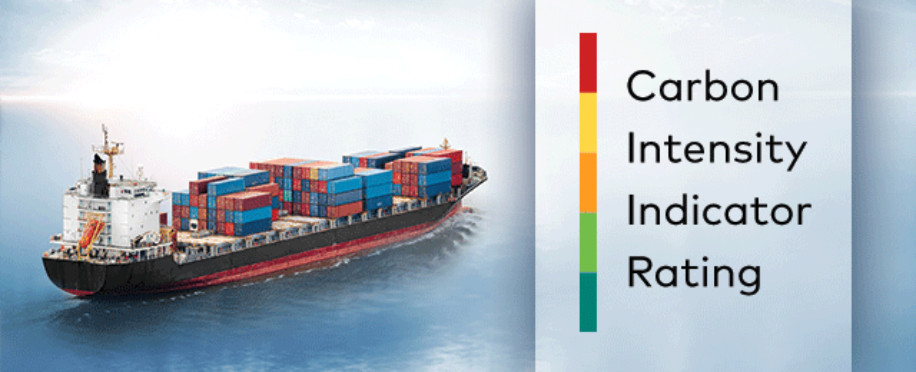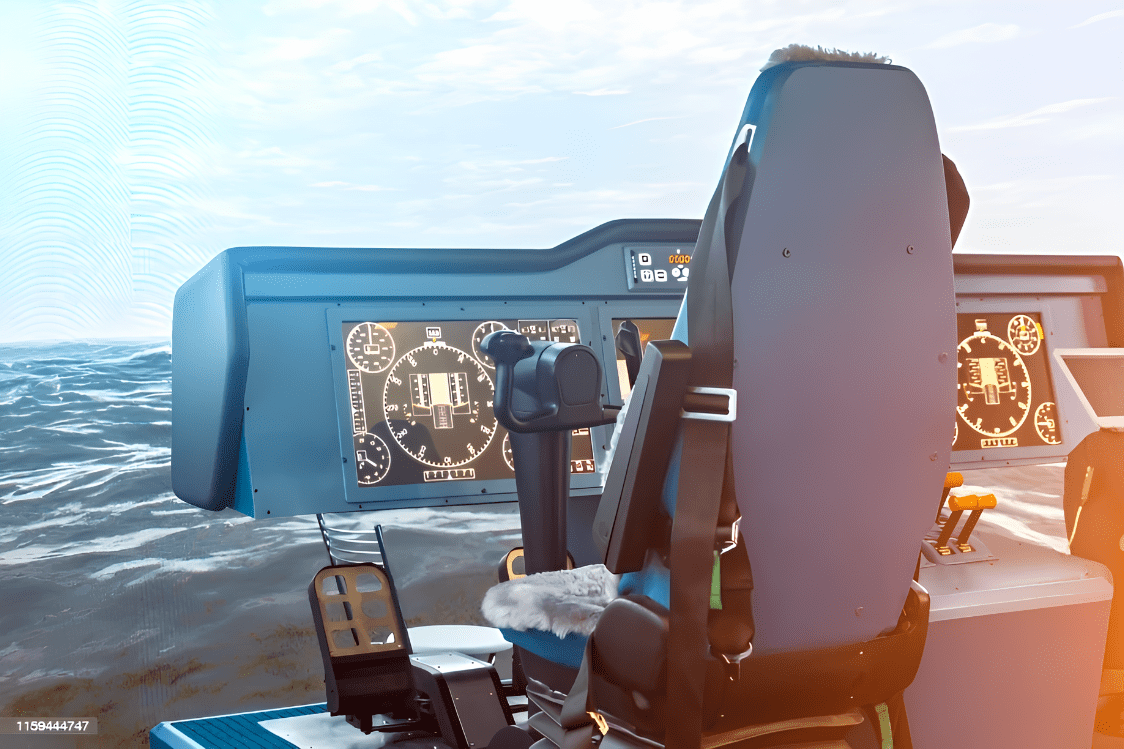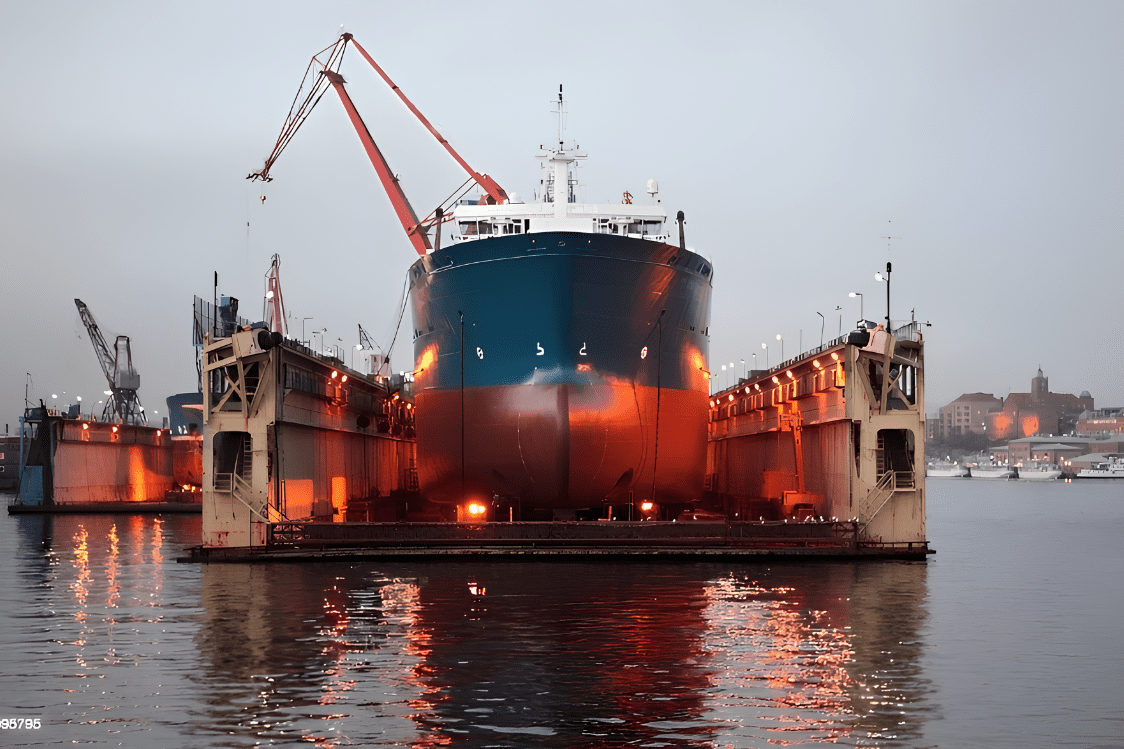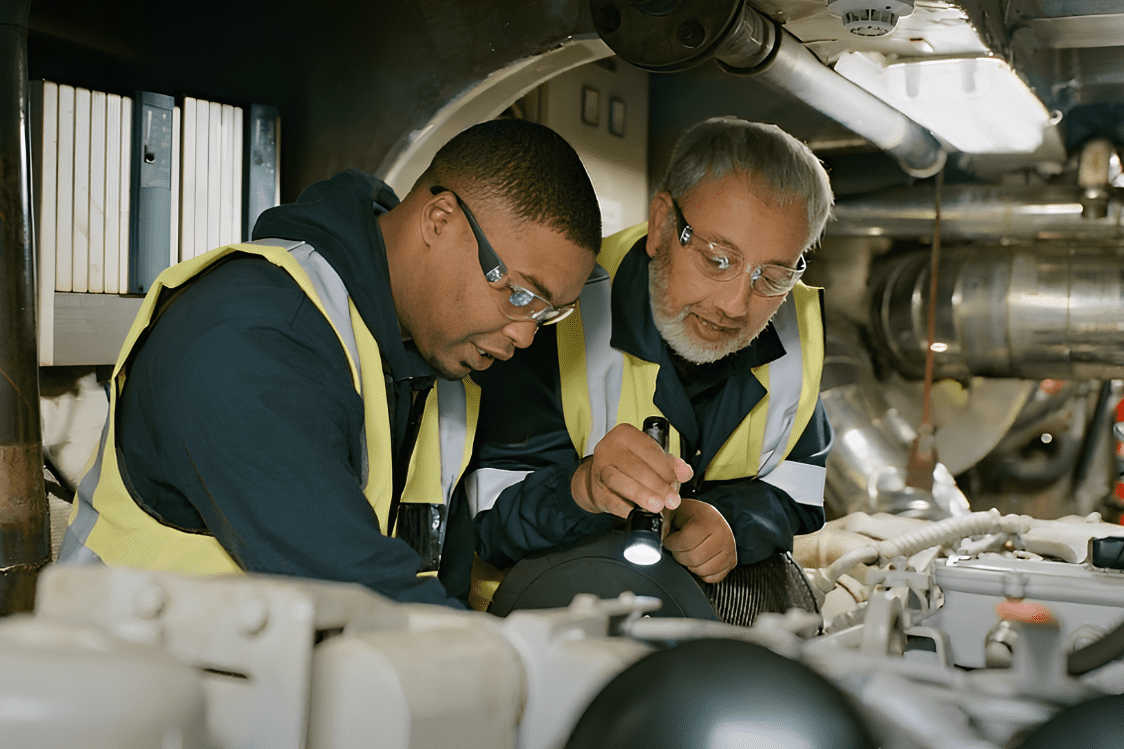The Environmental Impact of Overboard Discharge from Ships

Posted on Jun 08, 2024 at 08:06 AM
The maritime industry has emerged as a crucial link in the global economy as the world economy grows and expands.
However, with the growing global trade where most operations are enclosed in the world’s seas, the effects of ship operations on the environment have been a cause for concern. Overboard discharge from ships can be detrimental to marine life and human health.
Understanding Overboard Discharge
Overboard discharge is the deliberate release of numerous types of wastes as well as substances into the surface of seawater. Some common categories of discharges can involve sewage and grey water, oil, chemicals, or even solid waste products that are produced from industrial facilities.
Overboard discharge can be detrimental to marine life and human health. The discharge of sewage and grey water can lead to the growth of harmful bacteria, viruses, and parasites in the water. This can cause diseases such as cholera, dysentery, hepatitis A and E, typhoid fever, and polio.
How do we get rid of these discharges?
Through an overboard discharge system, the system is responsible for regulating the conditions of wastewater before they're pumped off the shipboard.
What is this system made of?
The components of the seawater cooling system include a sea chest, pumps, heat exchangers, pipes, a fitting device, and a valve or multiple valves.
The sea chests are made of steel and painted with highly durable epoxy. Moreover, the sea chests contain steel or zinc sacrificial material.
The pumps are made from titanium, stainless steel, nickel alloys, bronze, and other non-metallic and composite materials. The heat exchangers themselves are made from copper-nickel alloys or titanium.

How the overboard discharge system works
If your boat has an overboard discharge (OBD) system, you may be curious to know how it disposes and treats your wastewater. OBD systems act as a second stage in the sanitary treatment of wastewater before it is released into the sea.
OBD systems are essentially small-scale model treatment plans similar to the large municipal wastewater treatment plant. They employ a series of physical, biological, and disinfection processes to clean the wastewater and eradicate the pollutants.
Marine environment courses in London explain how the typical type of sanitation system that exists in most vessels and boats has three main components:
-
Septic Tank: Domestic sewage starts with wastewater going through a septic tank where the heavier and lighter materials settle. This is the initial treatment process, at which physical removal of contaminants is usually achieved to a level of 30-50%.
-
Sandfilter Bed: After that the partially treated wastewater is collected and allowed to flow through a sandfilter bed. During this process of water filtration through the layers of stone and sand, there is a secondary biological treatment and filtration that takes place, and the resultant water contains 85% or more pollutant removal.
-
Disinfection: Finally, the treated and filtered wastewater is disinfected by passing through a chlorination pump or panel. This helps ensure that the effluent does not pollute the receiving water body by meeting the recommended bacteria levels permitted by the state.
OBD system maintenance is simple as the installed septic tank requires a pumpout every 3-5 years while chlorine tablets must be introduced into the disinfection unit every 2 weeks.
In general, OBD systems achieve a very high degree of wastewater treatment as a smaller, more localized system.
This way, they safeguard local water quality and offer wastewater disposal to homes and businesses that are not connected to a municipal sewer system through physical, biological, and disinfection processes.
Overboard discharge: environmental impact
The importance of the overboard discharge system comes from the idea that an operating ship piping residential waste into the water causes a safety hazard in locations where the wastelands, not only does this pollution pose a direct threat to the existing marine life, but it also causes a considerable threat to anyone who comes in contact with the polluted area.
Overboard discharge prevention is one of the most important requirements for environmental protection, which is why it's prohibited by federal law to pump out raw or untreated wastewater from a vessel, and why ecological shipping is one of the most important commercial maritime trends.
The overboard discharge from seawater cooling systems on ships and submarines can have significant environmental impacts.
Additionally, the discharge of heated seawater can disrupt local marine ecosystems, affecting the temperature, oxygen levels, and biodiversity of the surrounding water.
Additionally, the discharge may contain chemicals used for anti-fouling, potentially introducing harmful substances into the marine environment.
Properly managing the overboard discharge is crucial to minimize these environmental impacts. Techniques such as using alternative cooling methods or treating the discharged water can help mitigate the effects on marine ecosystems, ensuring that naval operations are conducted in an environmentally responsible manner.





